Problems With Butterfly Bushes: Common Butterfly Bush Pests And Diseases
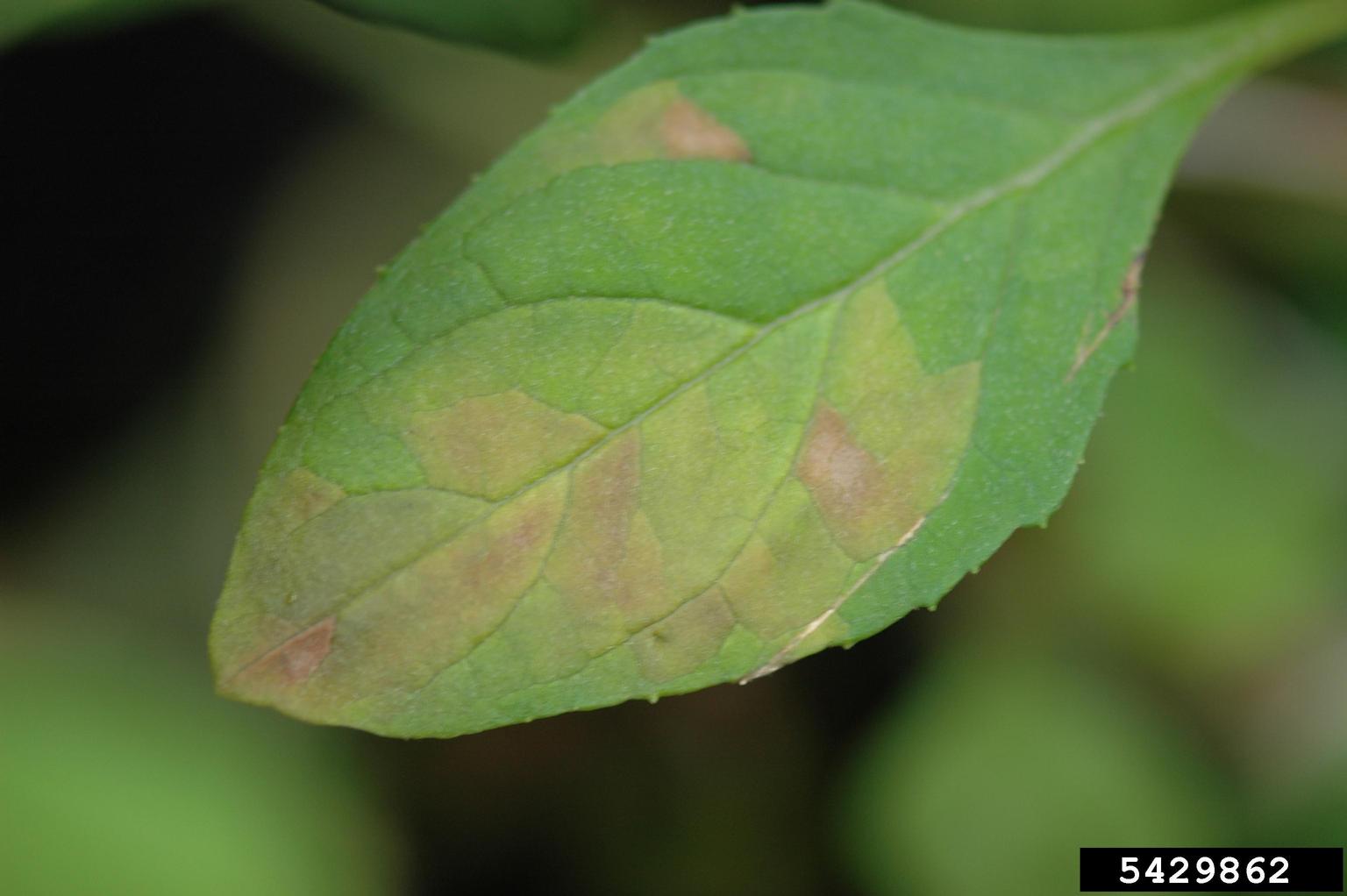

Gardeners love butterfly bush (Buddleja davidii) for its brilliant flowers and because of the butterflies it attracts. This cold-hardy shrub grows rapidly and can achieve its mature size of up to 10 feet (3 m.) high and 10 feet (3 m.) wide in just a few years. Read on for information about butterfly bush problems, including butterfly bush pests and diseases.
Butterfly Bush Problems
Butterfly bushes are truly tough plants and grow well under a variety of conditions. In fact, they grow so well and spread so easily that, in some locations, they are considered invasive. Generally, you’ll experience few problems with butterfly bushes, as long as they are planted correctly. If you find that your bush is not flowering, for example, it probably is not getting enough sunlight. They absolutely must have full sun if you want maximum flowering. You can also avoid many butterfly bush pests and diseases by planting the shrubs in well-drained soil. Waterlogged soil leads to butterfly bush disease problems since the roots will rot.
Butterfly Bush Troubleshooting
If you find your shrubs under attack by butterfly bush pests or diseases, you’ll want to do some butterfly bush troubleshooting. The first step is to check the culture you are providing. Many problems with butterfly bushes relate directly to the care they are receiving. If you offer butterfly bushes adequate water, you’ll see very few butterfly bush problems. However, if you neglect to water the plants during drought conditions, your plants won’t stay healthy for long. One of the first butterfly bush disease problems to appear during dry periods is spider mites, an insect that attacks stressed bushes. Likewise, nematodes – microscopic parasites that live in the soil – prove another of the butterfly bush pests and diseases that can damage the plant, especially in the sandy coastal plain. These bushes thrive in U.S. Department of Agriculture plant hardiness zones 5 through 9, where the temperatures can get quite cold. However, in cooler locations, your plants – especially Buddleja x Weyeriana cultivars – can get downy mildew caused by the fungus Peronospora hariotii. Downy mildew appears on bushes when the leaves stay wet for an experience extended time during cooler weather. Prevent this by irrigating the shrubs early to allow the water on the leaves to dry in the sun.
Gardening tips, videos, info and more delivered right to your inbox!
Sign up for the Gardening Know How newsletter today and receive a free copy of our e-book "How to Grow Delicious Tomatoes".

Teo Spengler is a master gardener and a docent at the San Francisco Botanical Garden, where she hosts public tours. She has studied horticulture and written about nature, trees, plants, and gardening for more than two decades. Her extended family includes some 30 houseplants and hundreds of outdoor plants, including 250 trees, which are her main passion. Spengler currently splits her life between San Francisco and the French Basque Country, though she was raised in Alaska, giving her experience of gardening in a range of climates.
-
 Get Ready For A Summer Of Hummers! Grow These Full Sun Hummingbird Plants and Flowers
Get Ready For A Summer Of Hummers! Grow These Full Sun Hummingbird Plants and FlowersIf you’re lucky enough to enjoy a sunny backyard, make sure you are maxing out on your pollinator opportunities and grow these full sun hummingbird plants and flowers
By Tonya Barnett
-
 12 Lush Alternatives To A Lawn For Sustainable Spaces
12 Lush Alternatives To A Lawn For Sustainable SpacesAlternatives to a lawn are beautiful and also beneficial to your local ecosystem and its pollinators. Explore our top picks for plants to replace grass.
By Tonya Barnett
-
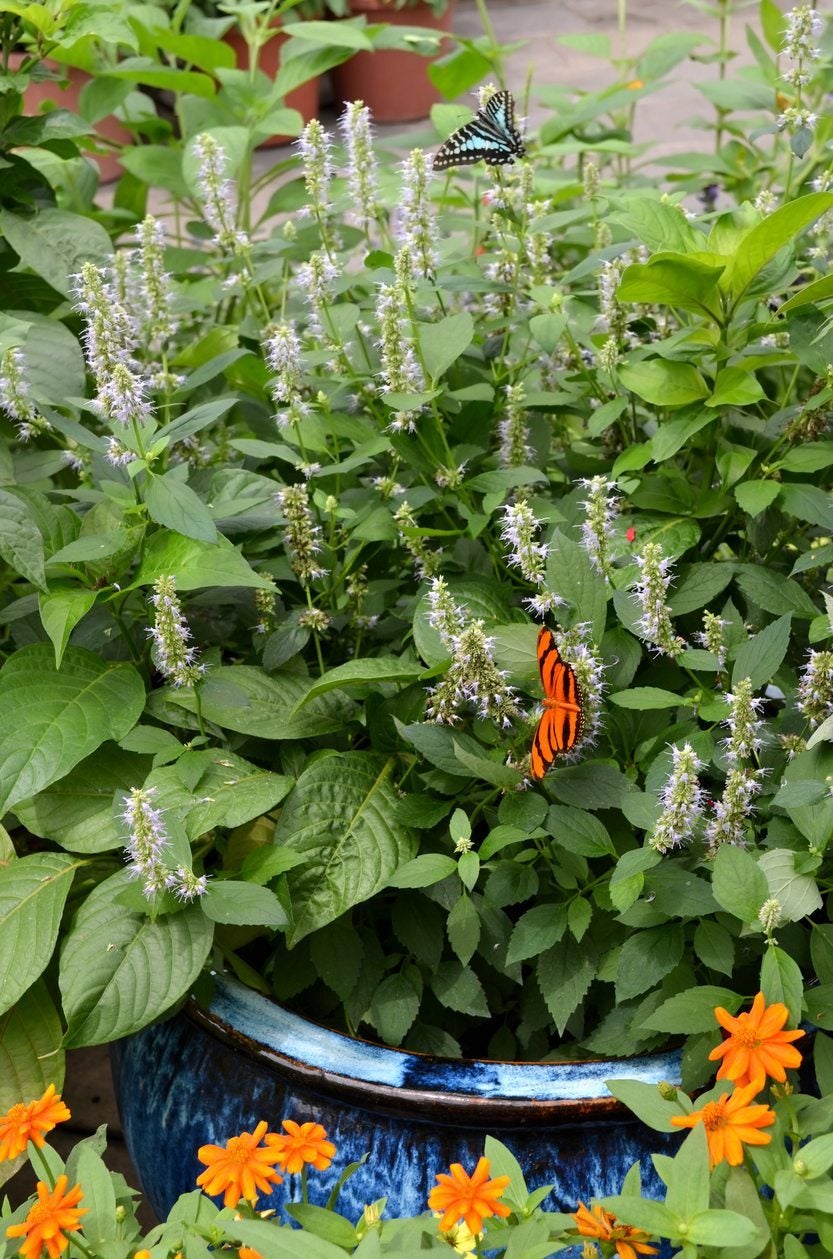 Butterfly Bush Container Growing – How To Grow Buddleia In A Pot
Butterfly Bush Container Growing – How To Grow Buddleia In A PotCan I grow a butterfly bush in a container? The answer is yes, you can - with caveats. Growing a butterfly bush in a pot is very possible if you can provide this vigorous shrub with a very large pot. If this sounds like something you?d like to try, click here for more info.
By Mary H. Dyer
-
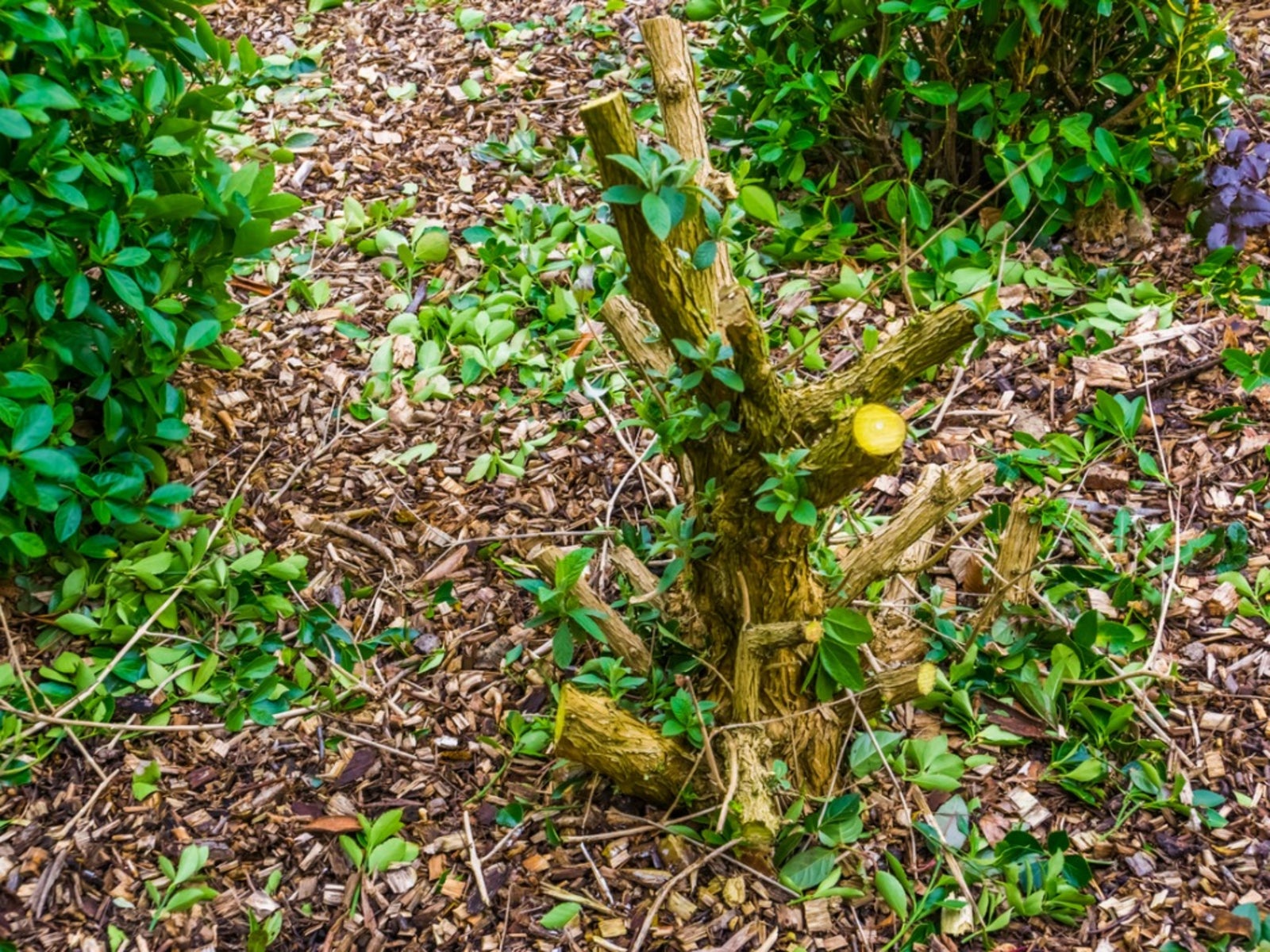 My Butterfly Bush Looks Dead – How To Revive A Butterfly Bush
My Butterfly Bush Looks Dead – How To Revive A Butterfly BushButterfly bushes should be able to survive winter in USDA zones 5 through 10. Sometimes they have a harder time coming back, however. Find out what to do if your butterfly bush is not coming back in the spring in this article and how to revive it.
By Liz Baessler
-
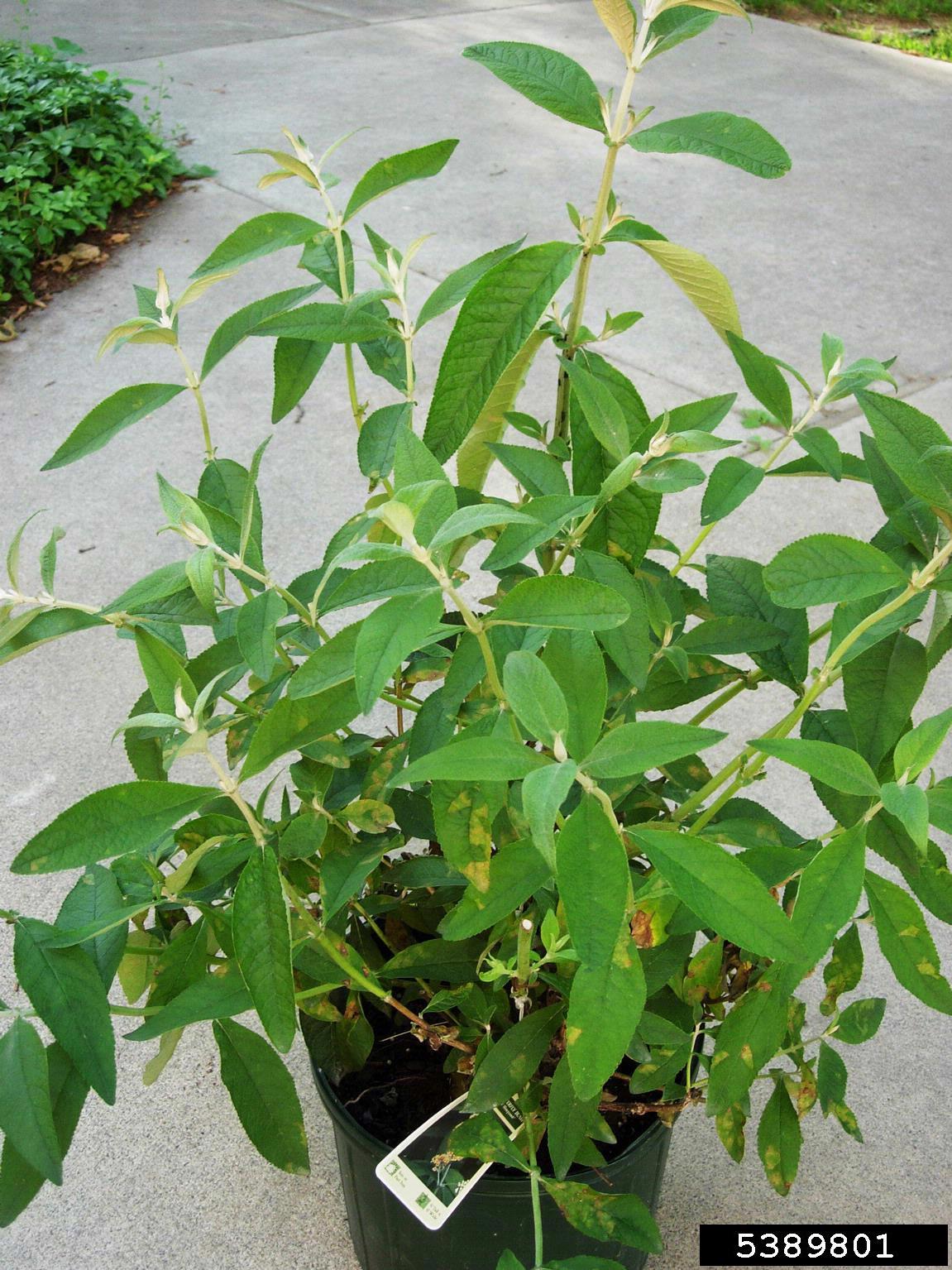 Butterfly Bush Diseases – Treating Diseases Of Butterfly Bush
Butterfly Bush Diseases – Treating Diseases Of Butterfly BushButterfly bush is a relatively trouble free plant to have in the garden. That being said, there are a few buddleia diseases you ought to look out for if you want your plant to be as healthy as it can be. Click this article to learn more about butterfly bush disease problems.
By Liz Baessler
-
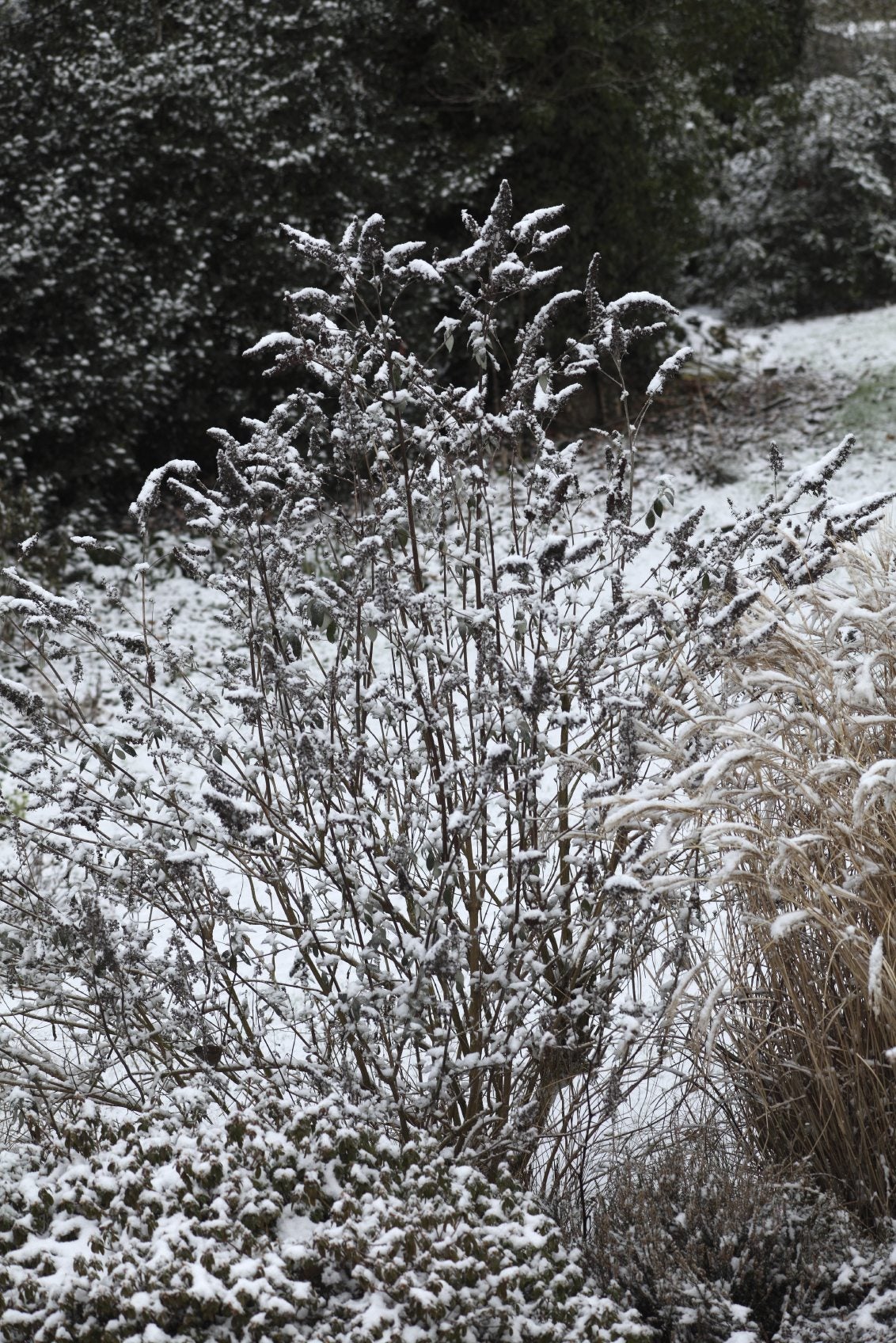 Avoiding Butterfly Bush Winter Kill: Learn How To Overwinter A Butterfly Bush
Avoiding Butterfly Bush Winter Kill: Learn How To Overwinter A Butterfly BushIf you are concerned about butterfly bush winter kill in your region, take some tips on how to save the plant. There are several steps to preparing butterfly bushes for winter and saving these colorful plants. Click here to learn more.
By Bonnie L. Grant
-
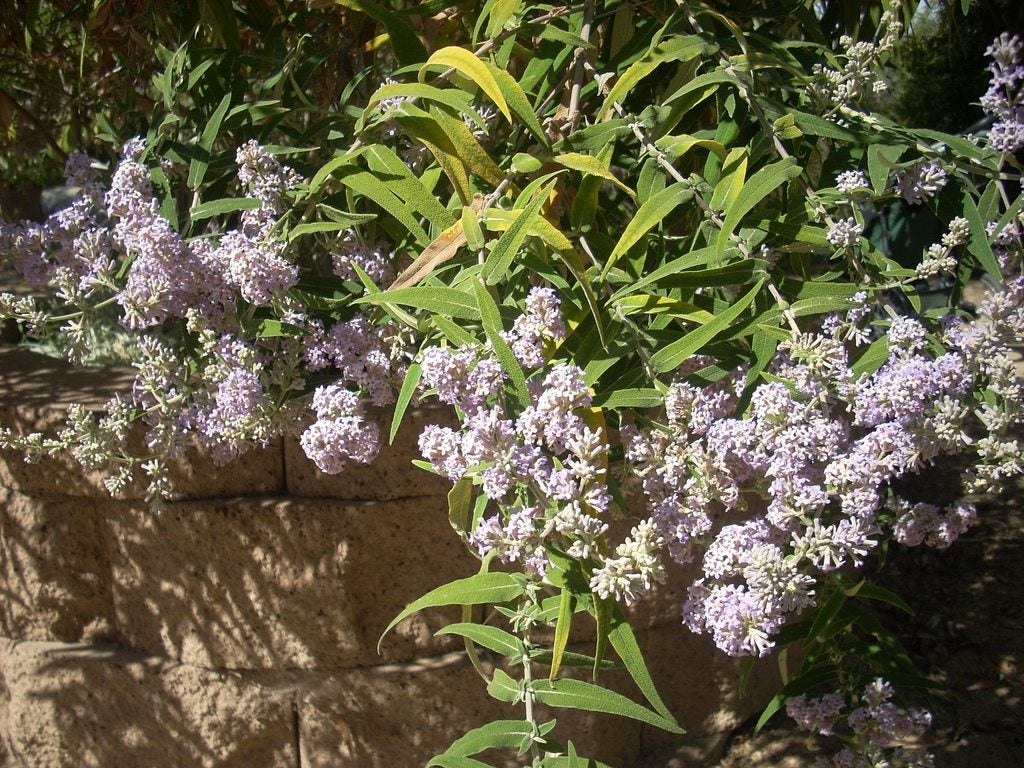 Butterfly Bush Leaves Turning Yellow: How To Fix Yellowing Butterfly Bush Leaves
Butterfly Bush Leaves Turning Yellow: How To Fix Yellowing Butterfly Bush LeavesWhen it defoliates in autumn, the leaves change color naturally; but during the growing season, yellow leaves on my butterfly bush can signal other problems. Here are some potential causes so you can triage your yellowing butterfly bush leaves.
By Bonnie L. Grant
-
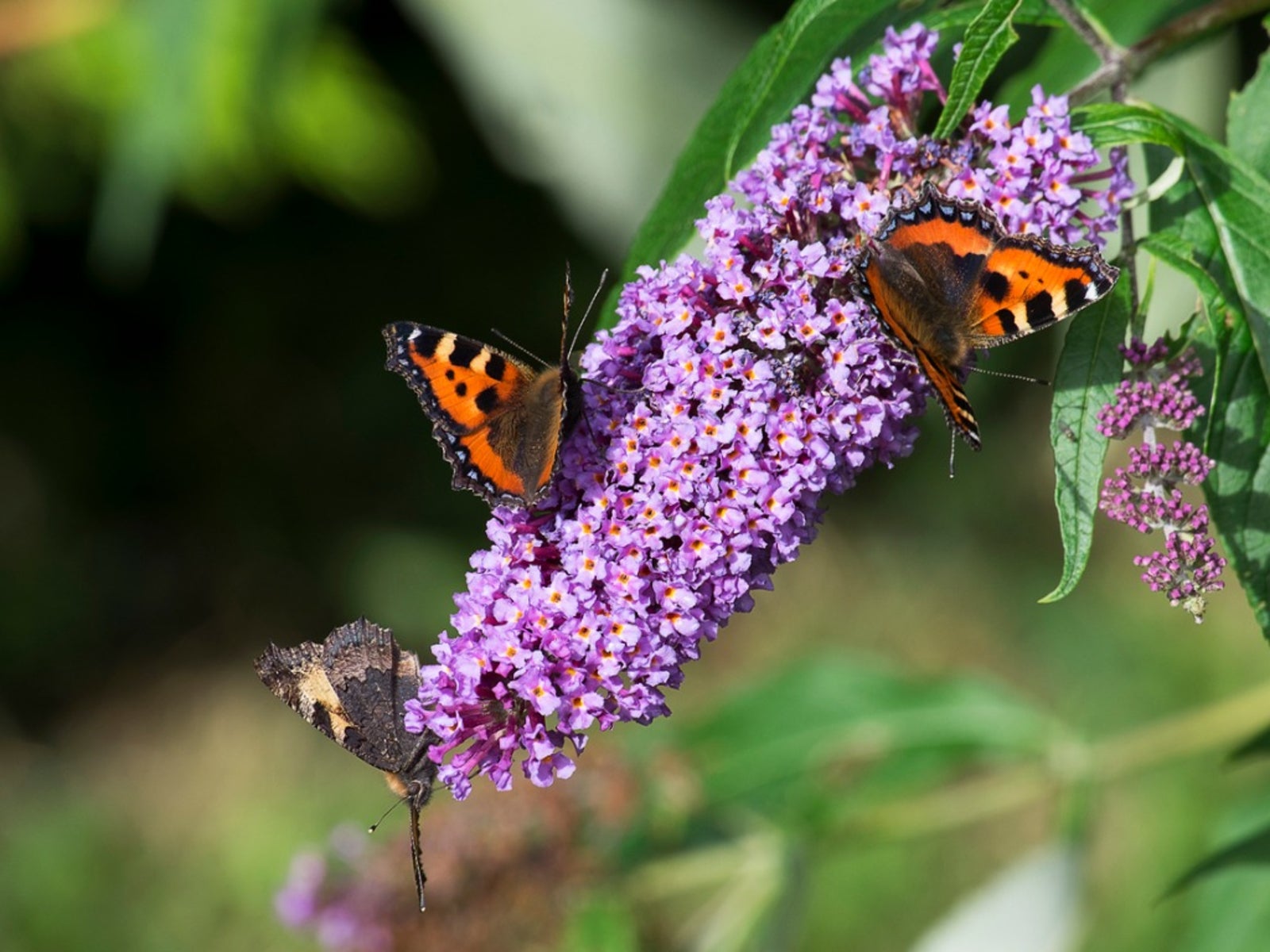 Butterfly Bush Varieties: Kinds Of Butterfly Bushes To Grow
Butterfly Bush Varieties: Kinds Of Butterfly Bushes To GrowAttractive garden plants in cold, medium and warm zones, there are butterfly bush varieties that would work well in nearly any region. For more information on different kinds of butterfly bushes, click on the following article.
By Teo Spengler
-
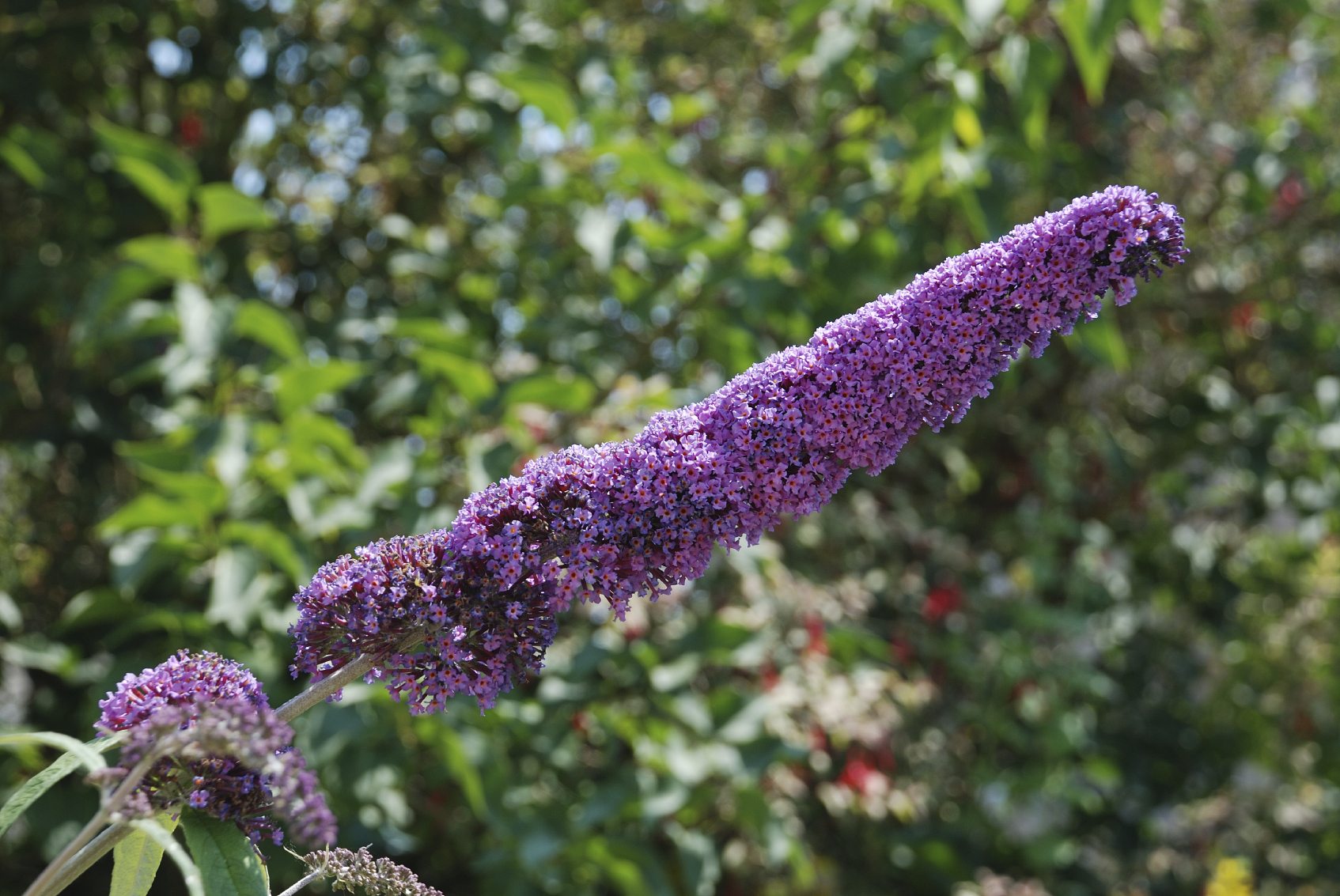 My Butterfly Bush Is Not Blooming – How To Get A Butterfly Bush To Bloom
My Butterfly Bush Is Not Blooming – How To Get A Butterfly Bush To BloomIt can be a serious letdown if your butterfly bush will not bloom. Find reasons why there may be no flowers on a butterfly bush, as well as ways to get a butterfly bush to bloom in the following article. Click here for more info.
By Liz Baessler
-
 Best Fertilizer For Butterfly Bushes: Tips On Fertilizing A Butterfly Bush
Best Fertilizer For Butterfly Bushes: Tips On Fertilizing A Butterfly BushButterfly bush is not a heavy feeder, and fertilizing the bush is not essential to growth. However, some gardeners use fertilizer in spring. Click here for information about feeding butterfly bushes and the best fertilizer to use.
By Teo Spengler